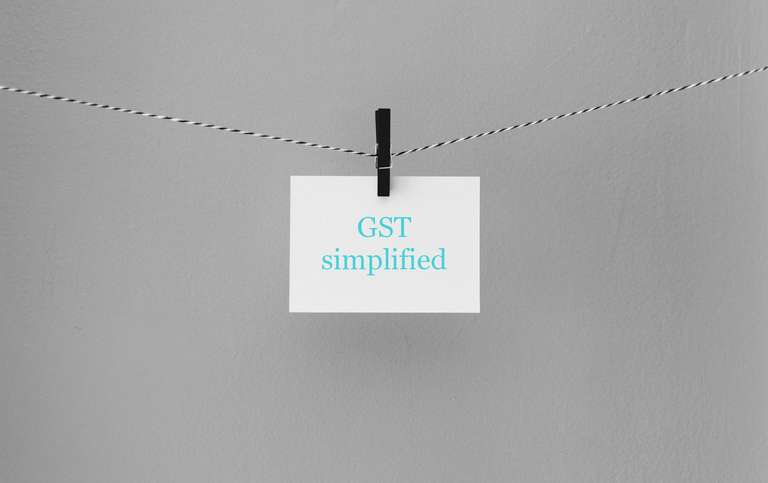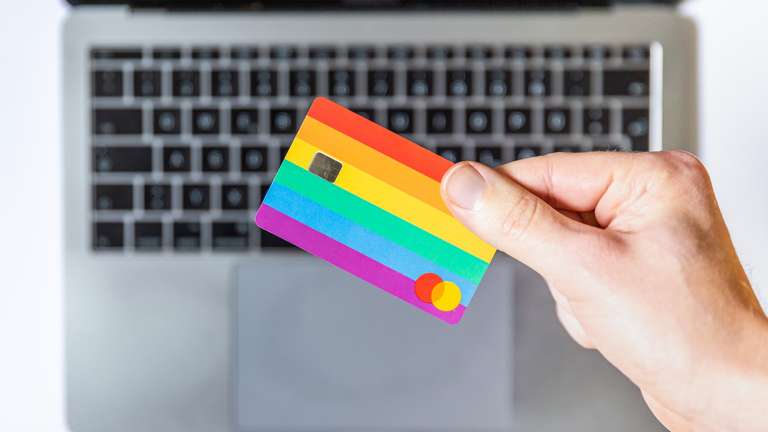Payments jargon explained - A complete list of payments terminology

It’s very often that small business owner’s start looking up their options with regards to online payments and they end up feeling more confused than when they started. It’s hard to understand the payment industry jargon and furthermore as a business owner you have no idea how to explain these payment terminologies to your customers. After hours of research, multiple conversations with online payment providers it may make sense to you. However your customers will still have no idea what you are talking about. So, how can you explain payment terminology to them?
Share the explanations below with your customers to help them understand some key payment terminology and the benefits of using online payments.
Payment Gateway
Like a toll gate on a highway, a payment gateway lets a customer payment through if they have sufficient funds, and doesn’t if they don’t. When a transaction request arrives at the gateway, card issuers (like Visa and MasterCard) check the validity of the card and whether there are funds available to fulfill the transaction. Once the transaction is authorized, the amount of the transaction is deducted from the customer’s account, captured, and transferred to the merchant account.
Digital Wallet
A digital wallet or e-wallet is an application based system that virtually and securely stores money that has been loaded into it. It also stores user’s payment information and passwords for numerous payment methods and websites. By using a digital wallet, users can complete purchases easily and quickly with mobile devices at any business that accept wallet payments. Digital wallets can be used in conjunction with mobile payment systems which enable business of all sizes to collect payments from their customers through this mode.
UPI
Unified Payment Interface (UPI) is a smart phone application which allows users to transfer money between bank accounts. It is a single-window mobile payment system developed by the National Payments Corporation of India (NPCI). It eliminates the need to enter bank details or other sensitive information each time a customer initiates a transaction. It is designed to enable peer-to-peer inter-bank transfers through a single two-click factor authentication process. The system is said to be a safe and secure method of transferring money between two parties, and eliminates the need to transact with physical cash or through a bank.
EMI
An Equated Monthly Installment (EMI) is a fixed payment amount made by a borrower to a lender at a specified date each calendar month. Equated monthly installments are used to pay off both interest and principal each month so that over a specified number of years, the loan is paid off in full. With most common types of loans such as consumer durables loans, personal loans, real estate mortgages, auto loans, and student loans. The borrower makes fixed periodic payments to the lender over the course of several years with the goal of retiring the loan. The EMI can be calculated using either the flat-rate method or the reducing-balance method.
Neo Bank
A neobank is a kind of digital bank without any branches. Rather than being physically present at a specific location, neobanking is entirely online. It’s a wide umbrella of financial service providers who beseech today’s tech-savvy customers. Neobanks can be called fintech firms that provide digital and mobile-first financial solutions payments and money transfers, money lending, and more. Neobanks are customer-centric and they provide personalized services to their customers that are fired up via technology. Customers are moving away from physical banks and physical cash, and more towards online banking and wallets.
Payments Bank
A payments bank is like any other bank, but operating on a smaller scale without involving any credit risk. In simple words, it can carry out most banking operations but can’t advance loans or issue credit cards. It can accept demand deposits (up to Rs 1 lakh), offer remittance services, mobile payments/transfers/purchases and other banking services like ATM/debit cards, net banking and third party fund transfers. The main objectives of setting up of payments banks are to ensure the financial inclusion by providing payments/remittance services to migrant labour workforce, opening up small savings accounts of small business holders, low-income households and workers of the unorganized sector.
TDR (Transaction Discount Rate) and MDR (Merchant Discount Rate)
The Transaction Discount Rate includes the charges charged by the bank/processing fee by card issuers and service providers whenever an online payment is made. This also includes the charges by the payment gateway for the service and products provided to manage the payment and finally the taxes involved. As you may have observed, to process a single payment various parties are involved and these parties charge a nominal fee on each transaction which equals to the TDR.
The Merchant Discount Rate is the rate charged to a merchant for payment processing services on debit and credit card transactions. The merchant must set up this service and agree to the rate before accepting debit and credit cards as payment. The merchant discount rate is a fee that merchants must consider when managing the overall costs of their products or services. Local merchants and e-commerce merchants will typically have varying fees and service level agreements.
E-NACH
E-NACH (Electronic-National Automated Clearing House) is the electronic process of helping the banks, financial institutions and other government bodies to provide automated payment services. Once the user signs the E-NACH or electronic NACH form, he gives permission to the concerned authority to debit the said amount from his bank every fixed day of the month. The E-NACH system assists in the issuance and confirmation of mandate by the customers through alternate channels to paper-based mandate. The primary objective of it is to reduce the burden of processing on the destination bank, therefore all the aspiring participants on E-NACH platform should implement end to end process automation including auto submission of authenticated mandates to NACH system. It is one of the newest methods of electronic payment and thus is still in the early stages of adoption.
NEFT
NEFT (National Electronic Funds Transfer) is an electronic payment system that enables electronic transfer of funds from one bank to another bank account. Money transfer can be made by an individual or company to an individual or company's bank account with any bank that is a member of the NEFT scheme, according to the Reserve Bank of India (RBI).There is no limit on the amount of funds that could be transferred using NEFT. Any individual, firm or corporate with a bank account can transfer funds electronically using NEFT. Any individual without a bank account can also transfer funds by visiting the bank branch and depositing cash at the NEFT enabled branches. However, maximum amount per transaction is limited to fifty thousand rupees for cash-based remittances within India.
RTGS
RTGS (Real Time Gross Settlement), primarily meant for large value money transfers, is a payment system that enables instant transfer of funds taking place from one bank to any other bank on a “real time” and on a gross basis. Unlike NEFT, RTGS processes the instructions at the time they are received rather than at a later time. The minimum amount to be remitted through RTGS is Rs 2 lakh. There is no upper ceiling for RTGS transactions.
Chargeback
A chargeback is a charge that is returned to a payment card after a customer successfully disputes an item on their account statement or transactions report. A chargeback may occur on debit cards and the underlying bank account or on credit cards. Chargebacks can be granted to a cardholder for a variety of reasons. A chargeback can be considered a refund since it returns specified funds taken from an account through a prior purchase. The chargeback process can be initiated by either the merchant, customer or the cardholder’s issuing bank. Merchants typically incur a fee from the card issuer when a chargeback occurs.
KYC
The process of Knowing Your Customer, otherwise referred to as KYC, is what businesses do in order to verify the identity of their clients either before or during the time that they start doing business with them. The term KYC can also reference the regulated bank practices that are similarly used to verify client’s identities. It is increasingly common for banking institutions, credit companies, and insurance agencies to require that their customers provide them with detailed information in order to ensure that they are not involved with corruption, bribery, or money laundering.
Merchant
Online merchants can be compared to merchants at a regular store, but their job is done solely on the Internet. They are responsible not only for store’s inventory but also for controlling the financial process and even promoting the products and the brand. A merchant account is a type of business bank account that allows a business to accept and process electronic payments and card transactions. Merchant accounts require a business to partner with a merchant acquiring bank that facilitates all communications in an electronic payment transaction. Its sole purpose is to accept payments from card transactions and other online transactions and transfer them to the business’s current account.



